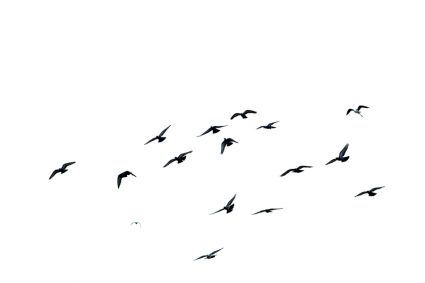
Seeing slugs crawling up your walls and leaving a messing trail behind is annoying. Most people are used to them as garden pests, but climbing up walls at night is different.
Slugs can enter your house for many reasons, including food and shelter.
In this piece, we will consider why slugs get into the house and climb up walls at night.
- Slugs primarily climb up walls at night to find food and shelter.
- Slugs feed on a plant-based diet. Hence, they are naturally attracted to walls with algae, moss, and other types of fungi.
- Slugs require proper hydration to survive. So, potential water spots in the house, like the kitchen and water faucets, are top attraction spots for them.
Besides learning why slugs climb up your walls at night, we’ll also show you how to keep these slimy creatures away from your building.
Reasons Why Slugs Climb up Your Walls
If you have slugs climbing your walls, you may want to know why. However, to understand these slimy creatures, you must first learn about their basic needs.
This way, you can predict their behavior and keep them far away from your house.
Below are six common reasons why these creatures have a fondness for heights and climbing walls at night:
1. Nutrition
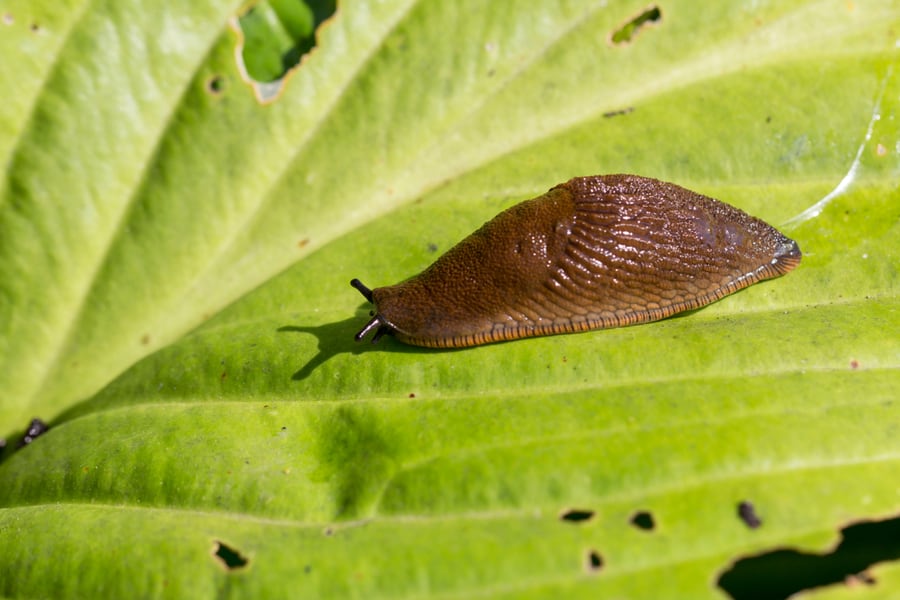
Animal activity is driven by survival, and slugs’ story is no different. Hence, their primary reason for entering your house is often to find food.
Slugs feed on a plant-based diet, and while most species stick to gardens, others may try to enter homes.
If food is scarce on the ground, slugs often scale walls. They are happy to eat algae, molds, and other fungi anywhere they find them.
As you probably know, fungi are often found indoors, while algae can spread from your garden to your exterior walls. Therefore, removing algae from your walls, windows, and doors is advisable. You can use soap, water, or any other specialized stain removal.
2. Warmth

Besides scouting for food, slugs move up and down house walls to regulate their body temperature. As a result, they are often always looking for warmth and moisture to hibernate.
In cooler temperatures like winter, they seek out warm spots to hibernate, and a wall is often the nearest perfect spot for them.
During winter, the ground releases the heat it caught during the daytime into the air. This makes the ground cooler than the vertical surfaces, driving slugs to migrate to survive.
3. Vegetables
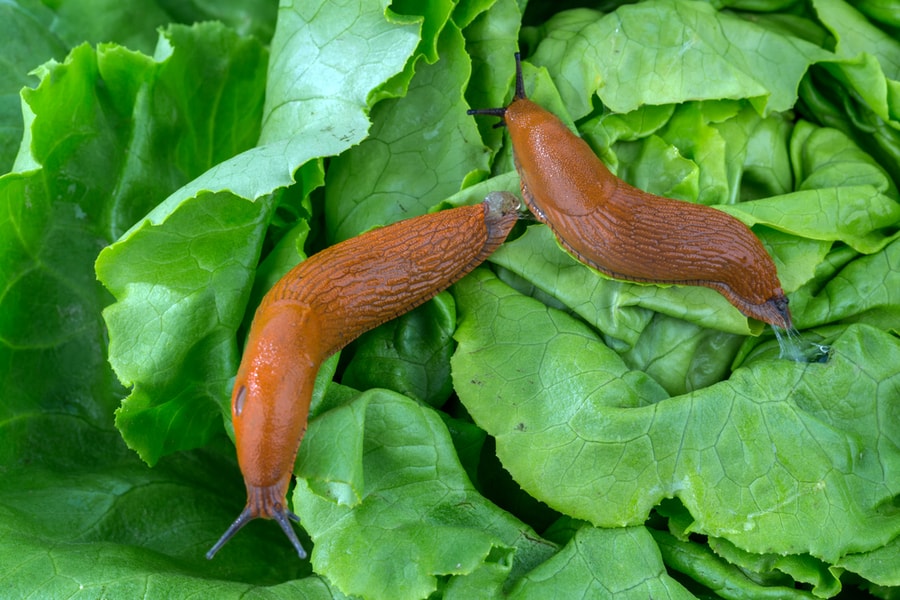
To enter your house, slugs must first be near your building. For example, a garden with flowers and vegetables planted close to your house may be an entry point for slugs. This is usually when flowers are planted close to windows and doors.
The more greenery you have outside, the higher the chances you will have slugs climbing up your walls at night.
4. Shade

Slugs can crawl on your walls because of the shade your building offers them. So pay attention to where you see slugs climbing up walls in your home. Is it a wall facing south with loads of sun exposure? Or a wall positioned near a tree with plenty of shade?
The slugs are climbing your walls to receive shade if it is the latter. These animals are nocturnal creatures, and while some are active during the day for survival, others prefer to rest.
So, they find a cool spot away from light to relax, only to emerge after the sun sets. Shady spots are essential to their survival; if parts of your house offer that, slugs will climb up on them.
Unlike snails, slugs do not have shells to shade them. So, they are prone to find shelter and will slither through the tiniest gaps to find one.
5. Moisture and Humidity
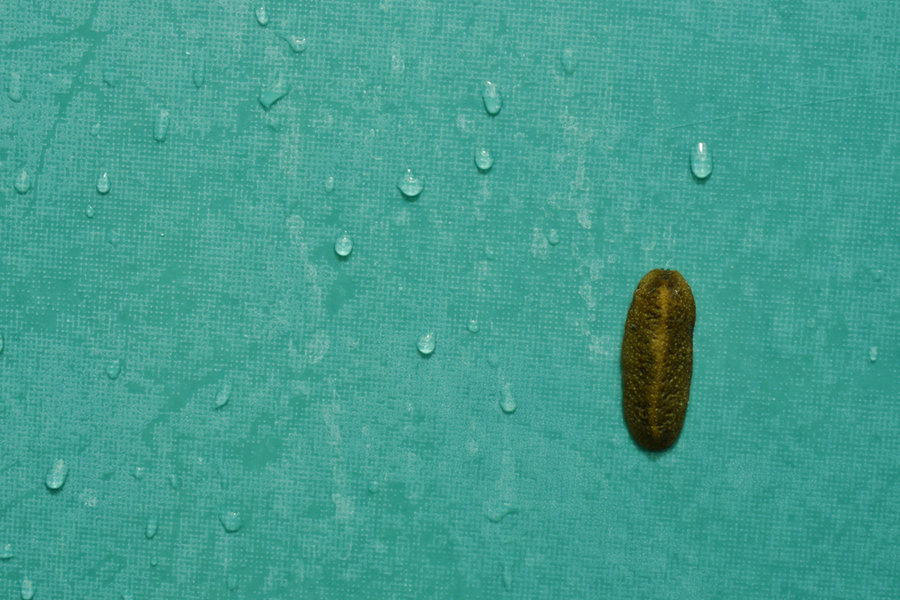
Like humans, slugs and other animals need proper hydration to stay alive. Without adequate moisture, they cannot produce the mucus they need to move around. So, every potential water source will naturally attract them.
For example, rooms with a constant water supply are an attraction. So, don’t be surprised to see slugs climbing your bathroom or kitchen walls.
Another attractive spot for slugs in your home could be outdoor water faucets. Sometimes, faucets can drip, causing water to pool. These areas become damp and create a haven for these moisture-loving creatures.
Slugs are attracted to cool and damp areas like a basement, wet buckets, and trash cans. If you keep pet food around on the floor, it can also attract slugs.
6. Safety
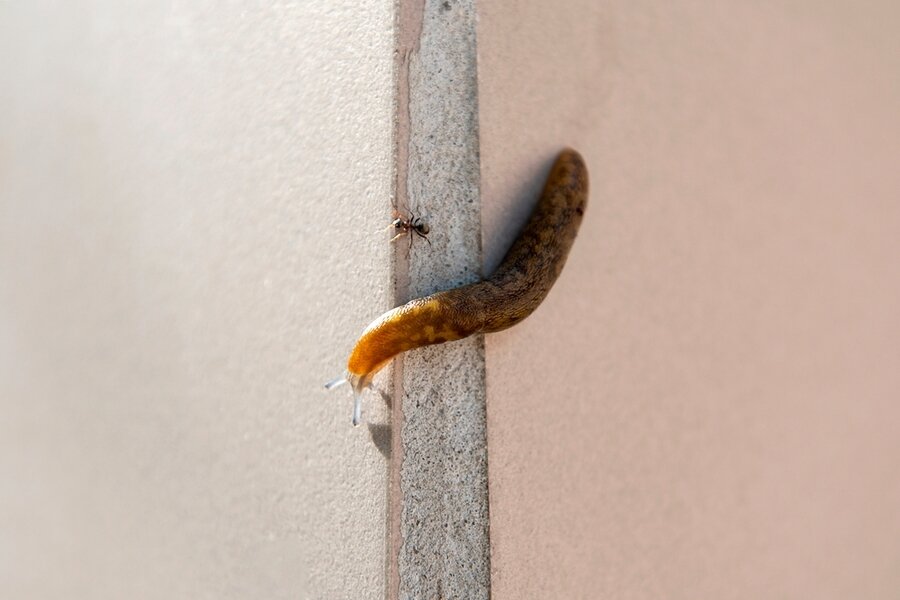
Slugs sometimes climb up walls at night for safety and protection. These slimy animals are naturally high calibers and can climb up walls as high as six feet.
They typically use plants as cover, hiding under leaves and staying out of sight in bushes. However, there are times when leaves do not provide the coverage they require to feel safe. In this case, they may climb walls to escape the threat of predators.
While many predators can scale walls, slugs are safer high up than on the ground. For example, the fact that walls are vertical surfaces makes it difficult for birds scouting above to spot them.
Conclusion
Although slugs love the outdoors, they often find their way into the warmth your building walls offer at night. To keep them at bay, you must first draw them close. This article highlighted some common reasons slugs climb up walls at night.
This should make it easier for you to reclaim your house from these pests. If you have any more questions, let us know.
Frequently Asked Questions
How Can I Keep Slugs off My Home?
Although slugs are harmless, they can be an inconvenience. To keep them away from your home, find their point of entry and block it. Seal off even the tiniest gaps because slugs can slide through anything since they do not have a hardened shell.
Where Do Slugs Go During the Day?
During the day, slugs like to hide out in damp places. They typically stay under stones, logs, and underground covers. You can also find them under low decks and planters. Then, at night, they escape hiding to find food and warmth.
What Animals Eat Slugs?
Beetles, toads, snakes, ducks, shrews, turtles, birds, and many animals feed on slugs. These natural predators come in handy if you want to eliminate them in your building. Unlike most other pests, slugs are not harmful.








